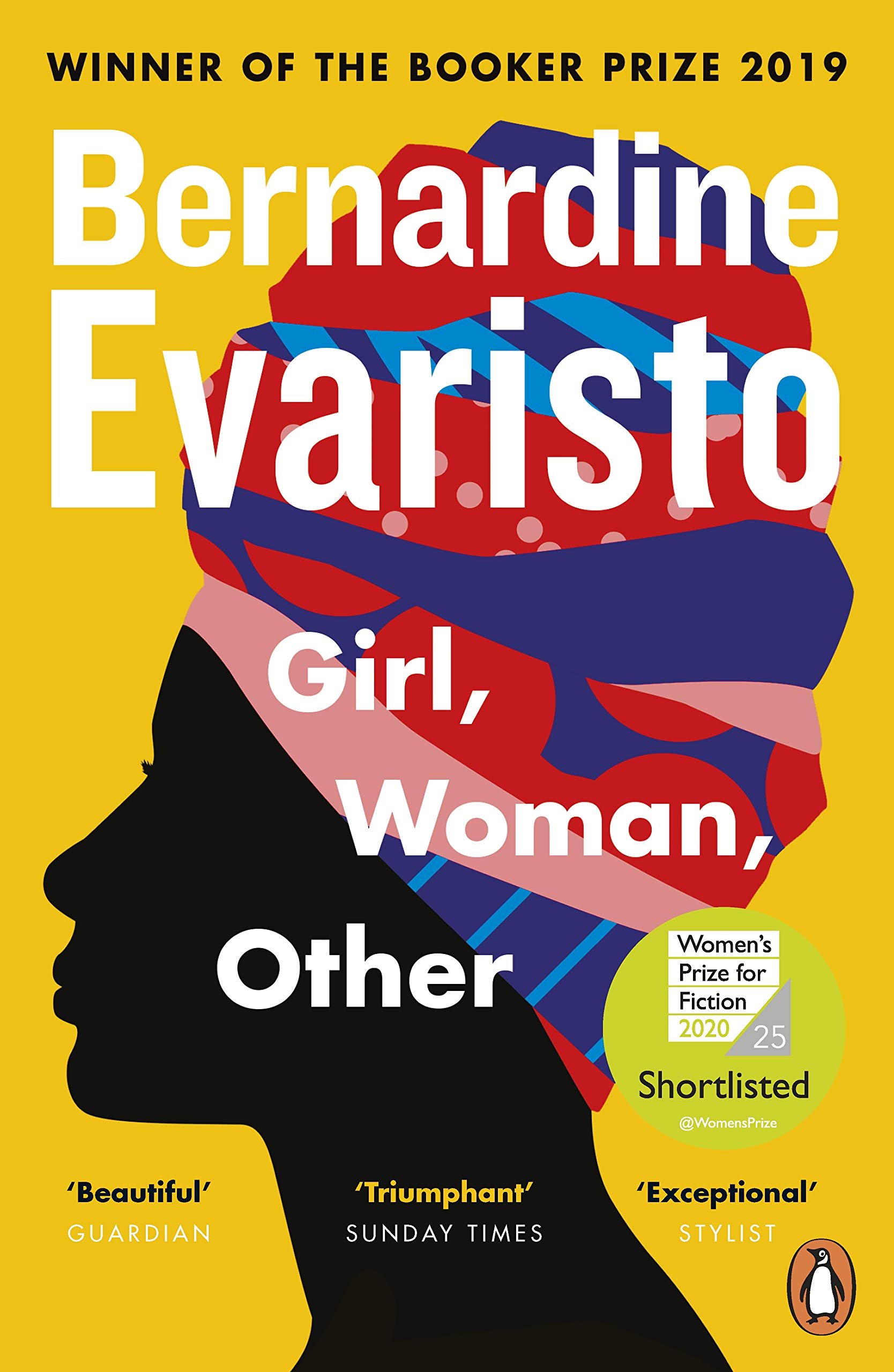The girl, the woman, the other, Bernardine Evaristo She was the winner of the Booker Award in 2019 along with Margaret Atwood’s The Testaments I read earlier this year. It follows the lives of 12 characters, mostly British black women, in four sets superimposed over several decades. In the first part, we are introduced to theater director Amma, her daughter Yazz, and Dominique, a former couple from Amma’s theater group. Then there are Carole, who works at the bank, her mother Bummi, and her school friend La Tisha. Shirley is a retired Winsome mother in Barbados and has worked with her colleague Penelope for several years. Finally, Megan / Morgan is a non-binary social media agent, and her relatives Hattie and Grace lived in the north of England in the 20th century.
Evaristo’s eighth novel, therefore, is essentially a series of pen-portraits that make up short, intertwined stories, and I generally think there is enough world-construction here to call it a novel. Some of the characters were more appealing to read than others – Carole was definitely one of my favorites – but together they form a diverse chorus that allows Evaristo to explore current weighty issues such as identity, racism and sexism with a light touch. Evaristo is often described as an experimental author, and in many parts reads prose as a verse or theatrical script. It’s especially good in conversation, which accurately captures the way people talk.
Despite following the Booker Prize for several years, I haven’t read or enjoyed the majority of the latest winners in the 2010s, but ‘Girl, Woman, Other’ is one of my favorite winners of the Award today. . I also recommend the BBC documentary ‘Imagine’ which explains Evaristo’s career so far.
 I’ve only read one book on this year’s Booker Prize list so far, which is this one Maggie Shipstead’s Great Circle. Her third novel tells the story of Marian Graves, a woman who was trying to get around New Zealand from the north to the south in 1950, trying to get to and from New Zealand; Marian in a biopic of her life.
I’ve only read one book on this year’s Booker Prize list so far, which is this one Maggie Shipstead’s Great Circle. Her third novel tells the story of Marian Graves, a woman who was trying to get around New Zealand from the north to the south in 1950, trying to get to and from New Zealand; Marian in a biopic of her life.
The story, especially in the twentieth century. It focuses on Marian’s life at the beginning of the twentieth century, and gradually draws several parallels with Hadley’s life. Marian and her twin brother Jamie have been orphaned by a shipwreck in 1914, and Uncle Wallace moves to Montana. In the interwar years, Marian becomes obsessed with aviation, and the episodes that describe her flights are truly immersive. At times, Hadley’s stories felt like unnecessary distraction or a forced coincidence, but the importance of the whole structure of the novel remains clear towards the end. The differences between the most mysterious aspects of Marian’s life and what really happened to her are particularly interesting.
Shipstead’s appearance shows that the original manuscript was 1,000 pages long, and although it has been reduced to just over half that length, and is still a little broad overall, it is still an epic piece of historical fiction. it almost meets the scale of his intention. The winner of this year’s Booker Prize will be announced on Wednesday, November 3rd and I will be betting on the ‘Great Circle’, I hope you enjoyed reading it and following the trend of the Booker Prize winners I mentioned in my announcement in July, before announcing the long list. like Douglas Stuart’s Shuggie Bain last year.
